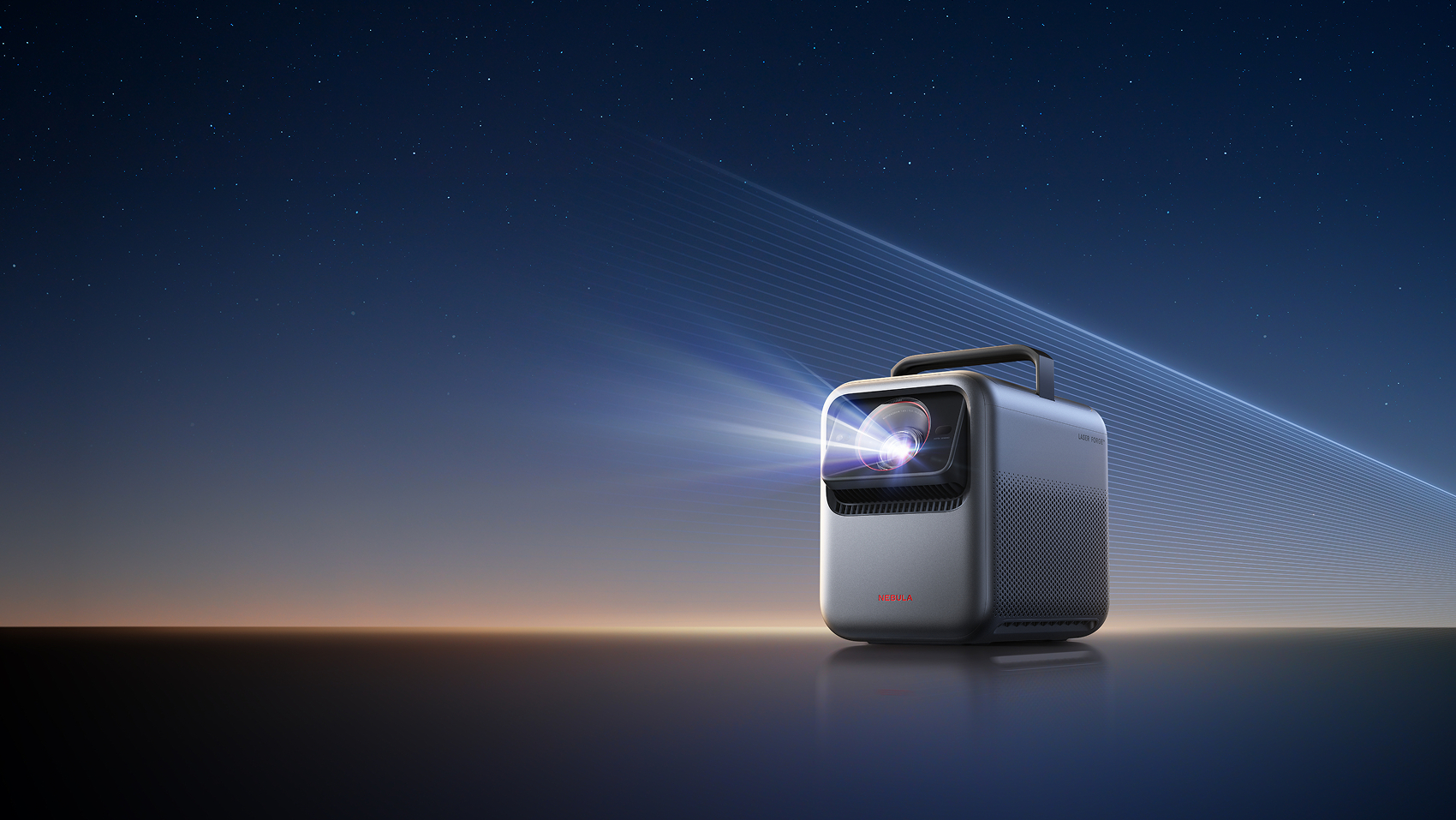Technics leads a talented and versatile vinyl system that will excel in larger rooms
A mighty – and mightily impressive – trio from Technics, Arcam and Q Acoustics
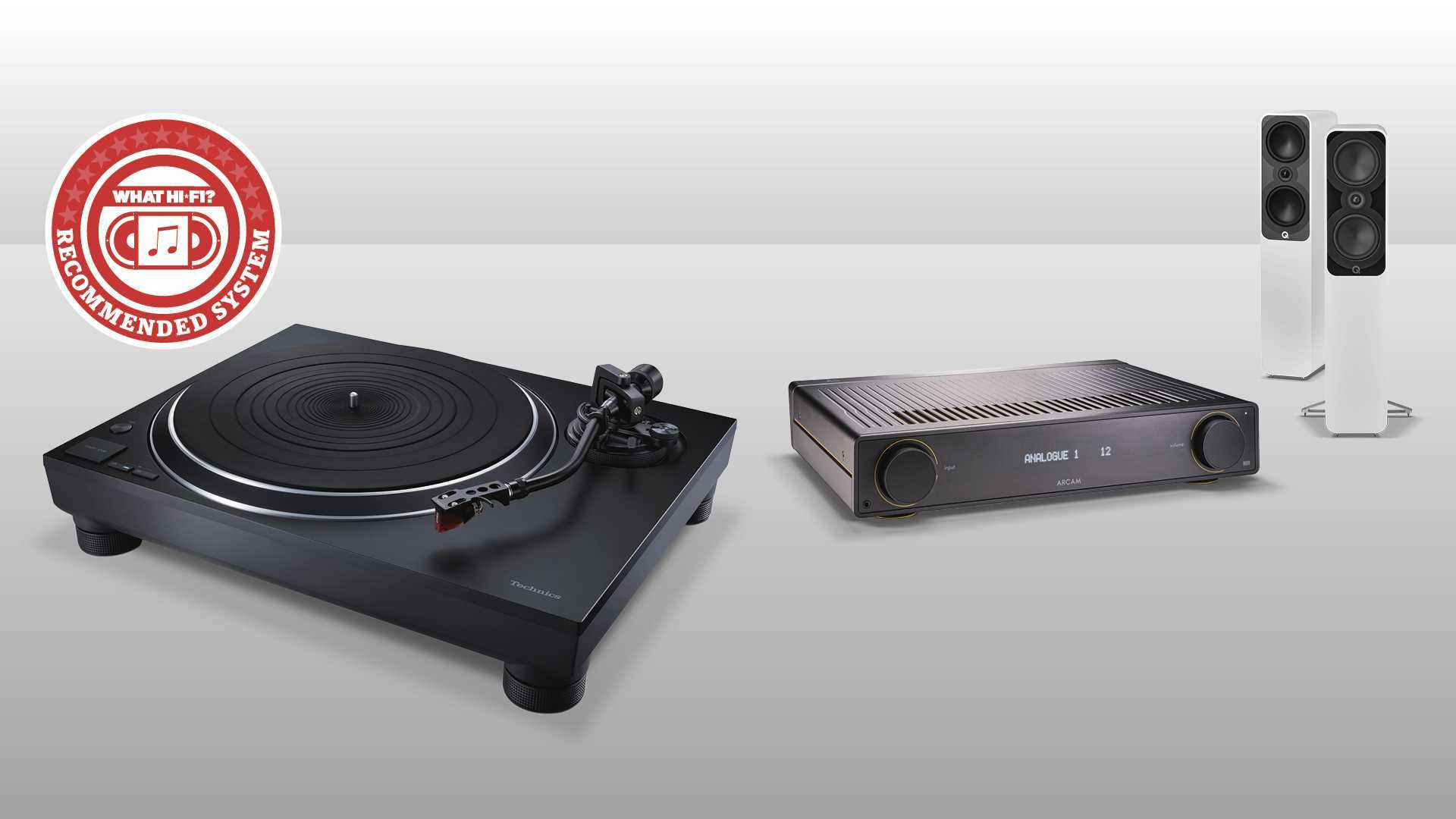
We recently built a deck-plus-amp-plus-speakers system that paired a newly Award-winning Rega turntable with an amplifier from the British brand's impressive lineup, plus a pair of PMC standmounts, for around £3000 / $5000 / AU$6500. It's a terrific system that anyone looking to start a vinyl setup from scratch around that price point should consider. But what if you prefer, and have the room for, floorstanding speakers instead of bookshelf designs?
Here we have a similarly talented turntable system heralded by the Q Acoustics 5050 floorstanders – also new What Hi-Fi? Award winners – which are better suited to larger rooms than the more diminutive PMCs. This trio also differs in sonic character; while some will feel more at home with the rhythmically-driven emphasis of the Rega-led set-up, others will warm to the particular merits of the alternative Q Acoustics, Technics and Arcam combo we have meticulously put together here...
The system
- Turntable: Technics SL-1500C (£899 / $1199 / AU$1899)
- Amplifier: Arcam A5 (£749 / $699 / AU$1495)
- Speakers: Q Acoustics 5050 (£1299 / $1999 / AU$2999)
- Total cost: £2947 / $3897 / AU$6393
Technics SL-1500C
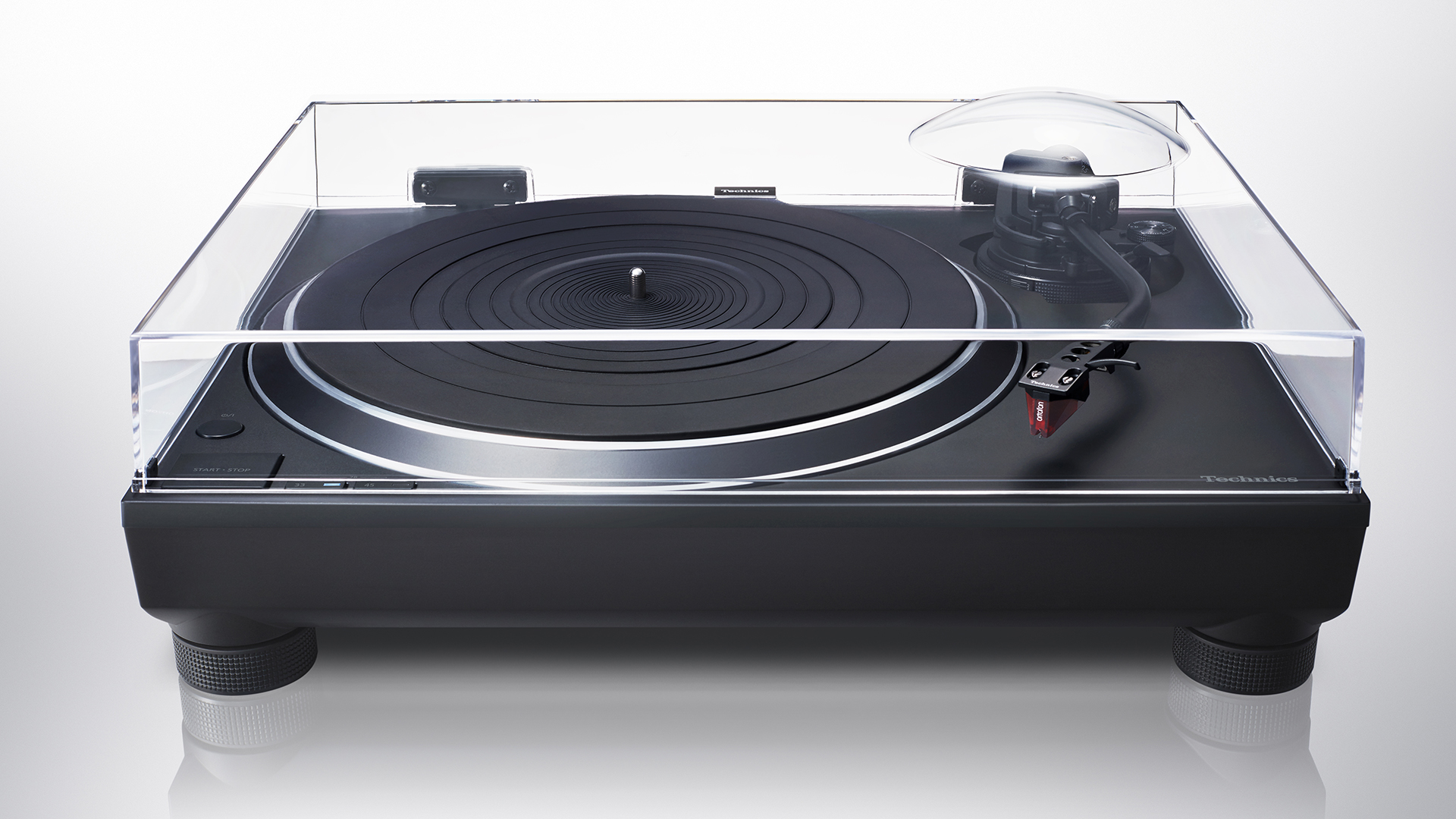
It might not have won an Award last year, but the source for this system – the Technics SL-1500C turntable – has many talents and is a particularly good fit in this context. It is a simplified version of the high-end SL-1000R model that uses, like that deck, a coreless direct-drive motor with sophisticated speed-management circuitry and a hefty, well-damped chassis. It comes supplied with the well-respected Ortofon 2M Red cartridge and has a built-in phono stage too. Usefully, there is also a switchable auto-lift function that takes the stylus off the record once the end of the side has been reached, as well as an electronic speed change. The plinth, meanwhile, uses a combination of aluminium, ABS and glass-fibre to achieve the optimum mix of rigidity and vibration control.
This deck might not be the most exciting to look at (and you can look at a black one or a silver one) but everything feels solid and well engineered, and it operates with a pleasing degree of precision. Crucially, it has a detachable headshell so you can upgrade your cartridge at a later date with ease, should you wish to.
The built-in phono stage is a really good one and, together with that Ortofon cartridge, helps to make this deck one of the best-sounding we’ve heard at this price. It has a clean and precise presentation that defines the leading and trailing edges of notes with impressive skill. We listen to Orff’s Carmina Burana and are impressed with the stability and focus of the SL-1500C’s sound. The presentation is composed and organised, and able to track the music’s multitude of instrumental strands with considerable skill.
The handling of dynamic shifts is pleasing too. There are moments of absolute carnage in this recording and the Technics takes it all in its stride, delivering crescendos with enthusiasm. Nevertheless, in the quieter movements there’s still a light enough touch to convey the nuances that make this piece so enthralling.
Arcam A5
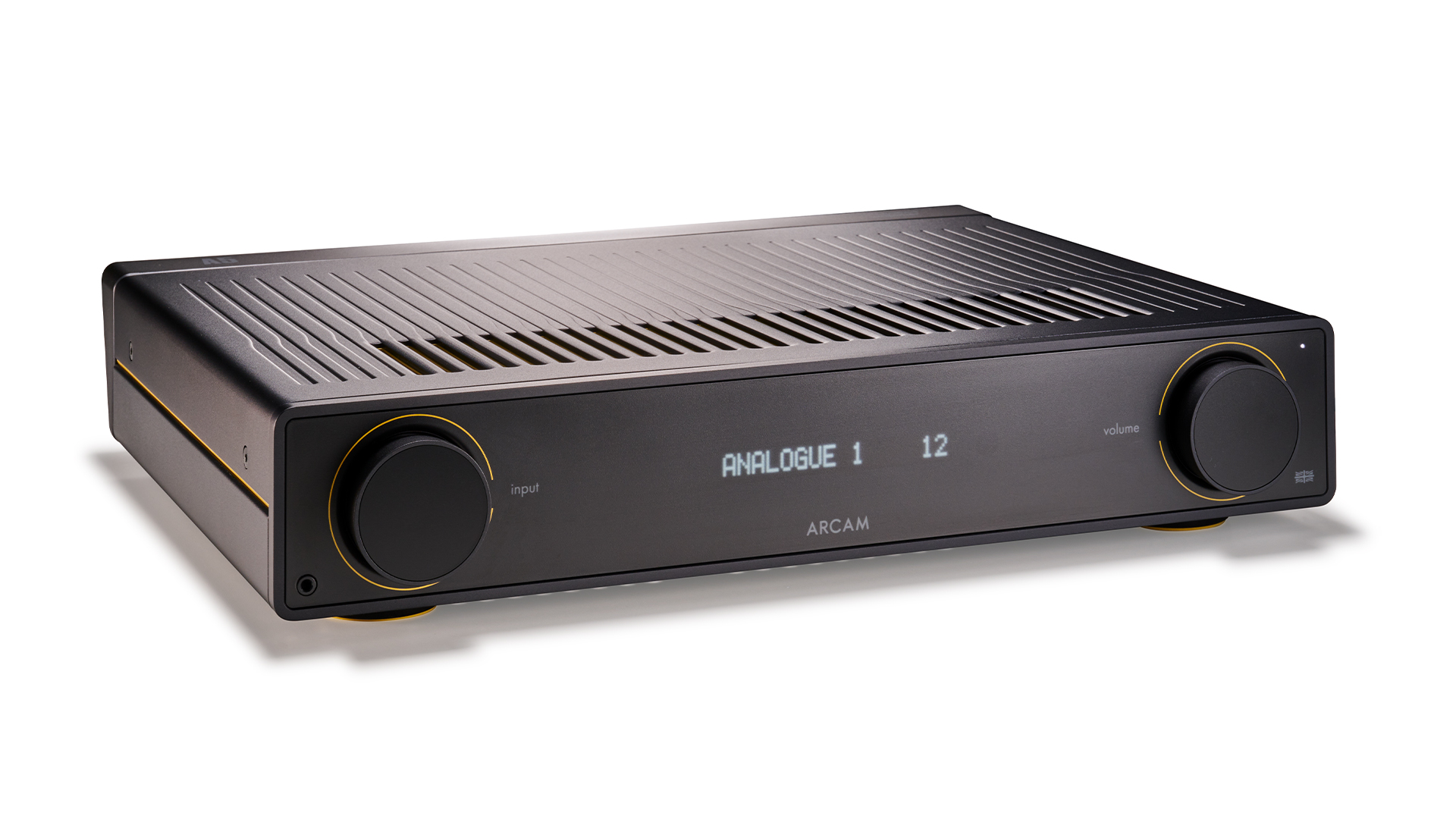
We’ve set our bar high with the Technics, but the Arcam A5 reaches it. Despite gaining a good reputation in the late ’70s thanks to some very capable products, Arcam rather dropped out of the limelight in later years. That looks set to change now though, as the company not long ago launched a trio of fine new amplifiers along with a CD player and a streamer. The first of those amps, the A5, is the one we have chosen here.
Get the What Hi-Fi? Newsletter
The latest hi-fi, home cinema and tech news, reviews, buying advice and deals, direct to your inbox.
Sporting a fresh and modern look, the 50W-per-channel A5 is particularly well equipped for an amplifier at this level. On the analogue side of things, there are three line-level inputs plus – happily – a moving-magnet phono stage. That means here that you have the option of listening via that phono stage or the one on the Technics. We would suggest experimenting with both to determine which sound best suits your taste and/or listening room. If you want to add digital sources then you have a pair of coaxial inputs and a single optical input, all capable of accepting music streams of up to 24-bit/192kHz. There’s no USB connection but you do get Bluetooth 5.2 with aptX Adaptive.
Taking on Eminem’s Recovery set – a thin, rather hard-sounding recording – through its analogue line-level inputs, the Arcam treads the line between diplomacy and bluntness brilliantly. It has a refined yet lively presentation that conveys the building momentum of a track like No Love superbly. We like the midrange too. It is clear, articulate and full-bodied; Eminem comes through with venomous attitude intact and we have no trouble tracking every word of his rapid-fire delivery. Low frequencies are well defined and authoritative but pleasingly agile with it. There is plenty of punch too, which keeps things entertaining.
With Mahler’s 10th Symphony the A5 doesn’t flinch. It delivers a good sense of scale and has the resolution to keep track of a multitude of instrumental strands without sounding confused. The A5’s full-bodied tonality works well here too, giving the orchestra a pleasing amount of solidity and presence – all within an expansive, nicely layered soundstage.
Most manufacturers at this level treat the phono stage as a box-ticking exercise, but not Arcam. As with the Technics, the moving-magnet phono module in the A5 is a good one, sounding clear and expressive and delivering Mary J Blige’s No Drama set with all the passion intact.
Q Acoustics 5050
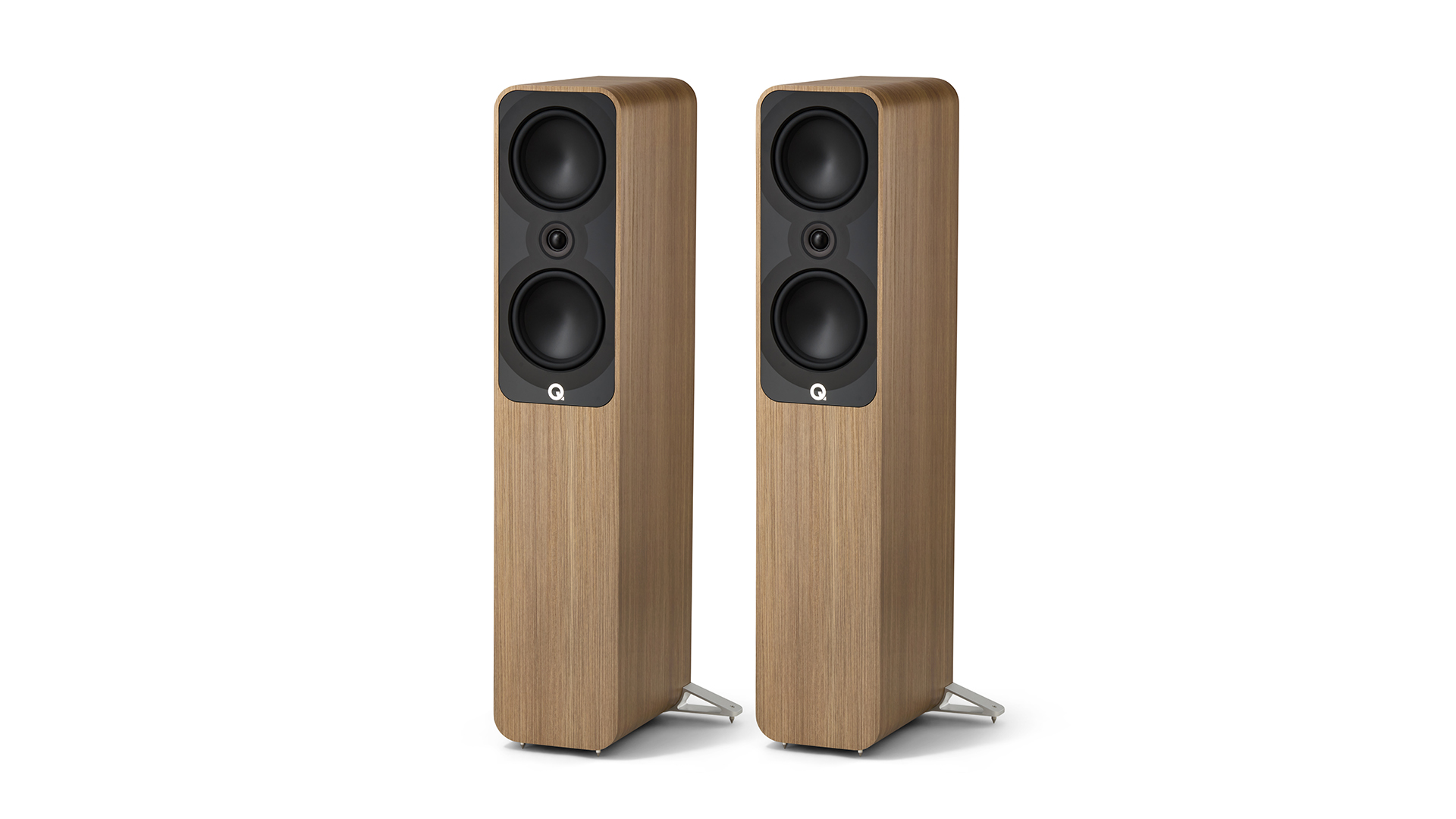
The final two pieces in this analogue jigsaw are the elegant twin cabinets of the Q Acoustics 5050 floorstanders. Each of these brings a pair of 15cm mid/bass drivers to the party, accompanied by a 25mm soft-dome tweeter sitting in between them, decoupled from the front baffle to provide isolation from the mechanical vibrations generated by the mid/bass drivers. At 91.8dB/W/m, sensitivity is relatively high. This means the 5050s can get the best out of budget amplifiers yet really come into their own when fed by the likes of the Arcam A5. Available in Satin Black, Satin White, Holme Oak and Santos Rosewood, they also feel nicely made and well finished.
These speakers adhere to Q Acoustics’ recent emphasis on moving beyond the smooth, forgiving but slightly safe sonic character that has always given the brand’s products such broad appeal, towards something with greater clarity, dynamism and agility. Combined with excellent detail resolution and an unexpectedly generous helping of low-end heft, this gives them a real sense of urgency and life. That’s not to say they ever lose any composure; there’s simply a calmer, more mature character to the sound that underpins this new-found vibrancy – which is why they make such good partners for the musicality of the SL-1500C and the insightfully entertaining A5.
With all that in mind then, how does this system compare with its aforementioned (non-identical) twin? In summary, if you favour a balanced, refined sound with plenty of scale and authority, this is the set-up for you. But if you lean towards a sharper, punchier, more exciting character you might want to investigate that alternative vinyl system with standmounts.
MORE:
Want streaming instead? We've built a gold-standard hi-fi system that delivers sweet streams aplenty – and looks good, too
Is hi-fi really getting better? Our technical editor ponders its progression
It’s great to have Onkyo back in hi-fi, but I’m getting mixed messaging

Jonathan Evans is the editor of What Hi-Fi? magazine, and has been with the title for 18 years or so. He has been a journalist for more than three decades now, working on a variety of technology and motoring titles, including Stuff, Autocar and Jaguar. With his background in sub-editing and magazine production, he likes nothing more than a discussion on the finer points of grammar. And golf.
